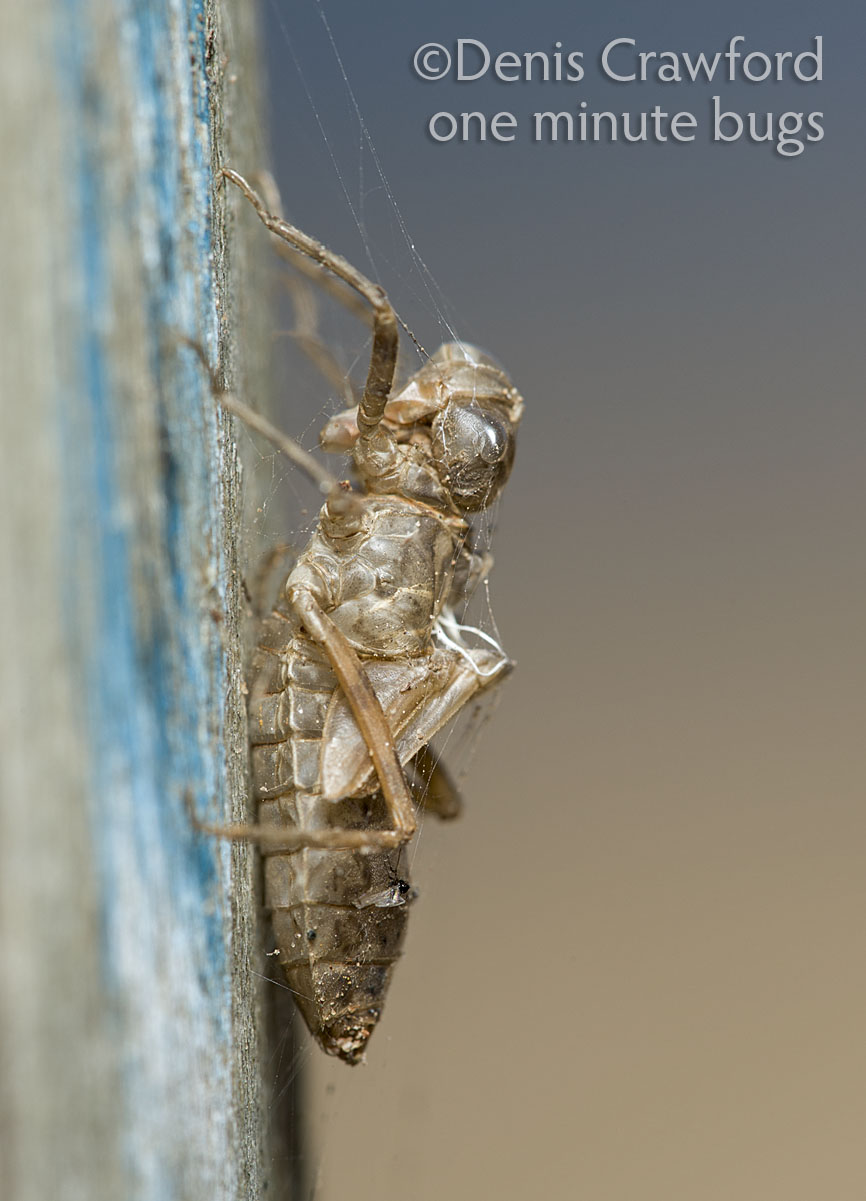The science fiction movie “Alien” (1979) introduced us to the scariest alien of all time, as well as its sinister juvenile forms (facehuggers and chestbursters). It seems to me that’s just art imitating life.
If I had to pick a favourite science fiction movie it would be Aliens (1986), the second movie in the Alien series. Who can forget Sigourney Weaver’s immortal line “Get away from her, you bitch!” as she prepared to battle the alien queen? The scene where the alien’s extendable jaws get very close to Sigourney’s face is downright terrifying. But where did the idea for those extendable jaws come from? HR Giger, the graphic artist who designed the alien and won an Academy Award for his efforts, said “I hadn’t studied any animal. My instructions were that it should be somehow frightening and horrible, and I did my best. We come to the conclusion that we must make the beast blind and give it a terrific set of teeth – something like the detail in Francis Bacon’s Crucifixion triptych.”
I wonder if Giger knew that extendable jaws are old hat in the insect world, because insects with such mouthparts have existed for hundreds of millions of years. I am referring to the nymphs of damselflies and dragonflies (Odonata), sometimes known as ‘mudeyes’. These aquatic predators have elaborate hinged mouthparts which they can extend rapidly. Check this YouTube video out – it even references Aliens! The nymphs achieve this by local increases in blood pressure caused by sharp contraction of their abdominal and thoracic muscles. All odonate nymphs are predaceous and may be ‘ambush’ or ‘attack’ predators depending on the species. The nymphs feed on immature aquatic insects such as midges and mayflies, tadpoles, and small fish. I don’t have a shot of dragonfly nymphs underwater, but I reckon this image of a cobweb festooned nymph skin (below) looks a bit alien!



